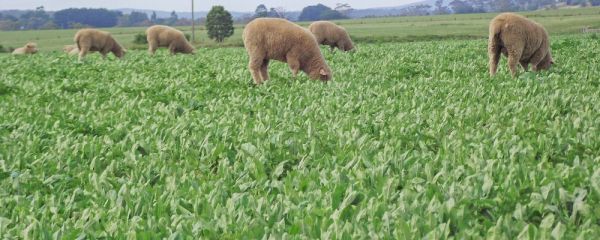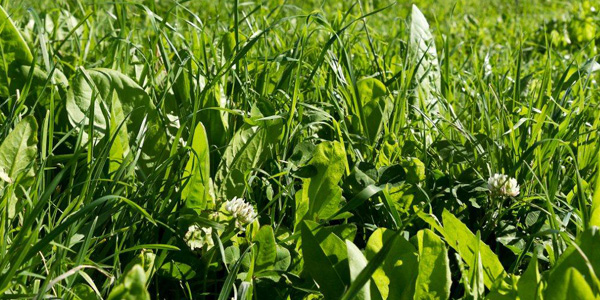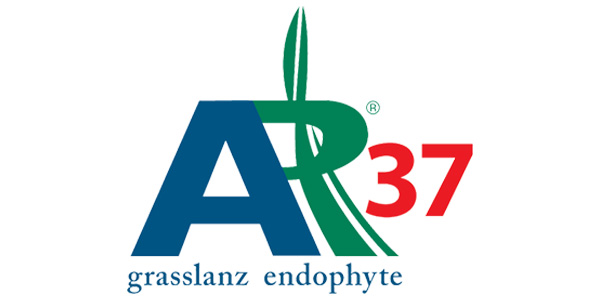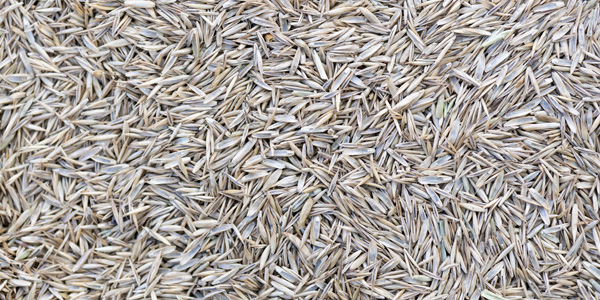
Chicory Grazing: Dairy
Chicory Grazing: Dairy
Grazing Management
Grazing of whole paddocks may be required for the first 1-2 grazings while establishing the crop. Once well established, an area of chicory (about 0.3 ha per 100 cows) should be fenced off and cows moved onto this break for 2-3 hours. Some farmers prefer to do this just before afternoon milking, as cows move quickly from their day(grass) paddock to the chicory (reducing walking time to the dairyshed) and it stimulates cow appetite when they would normally have a lower appetite on grass due to higher temperatures.
Break fences are moved during the following day and the exercise is repeated. Back fencing is preferred to ensure good regrowth, but this can be impractical. If there are six paddocks of chicory on a farm, back fencing is not essential as strip grazing of each paddock is completed within two days, resulting in very little grazing of regrowth plants. If cows are in the paddock for more than three days, back fencing would be advisable to avoid grazing regrowth chicory.
This system provides a daily diet of chicory, which is important because it reduces any rumen adjustment needed if they switch from ryegrass to chicory part way through a rotation. In the first season, chicory crops can have very high digestibility and low fibre and are therefore not suitable as a sole diet for cows.
Farmer experience has found per cow production can increase by two litres/cow or 10% per day from just a couple of hours of grazing chicory each day. They have also found that three hours of grazing chicory sustains cows as well as 12 hours on grass/clover. Given the small land areas required, the per hectare profitability of this is very high.

Our Herbs range
VIEW PRODUCTS



